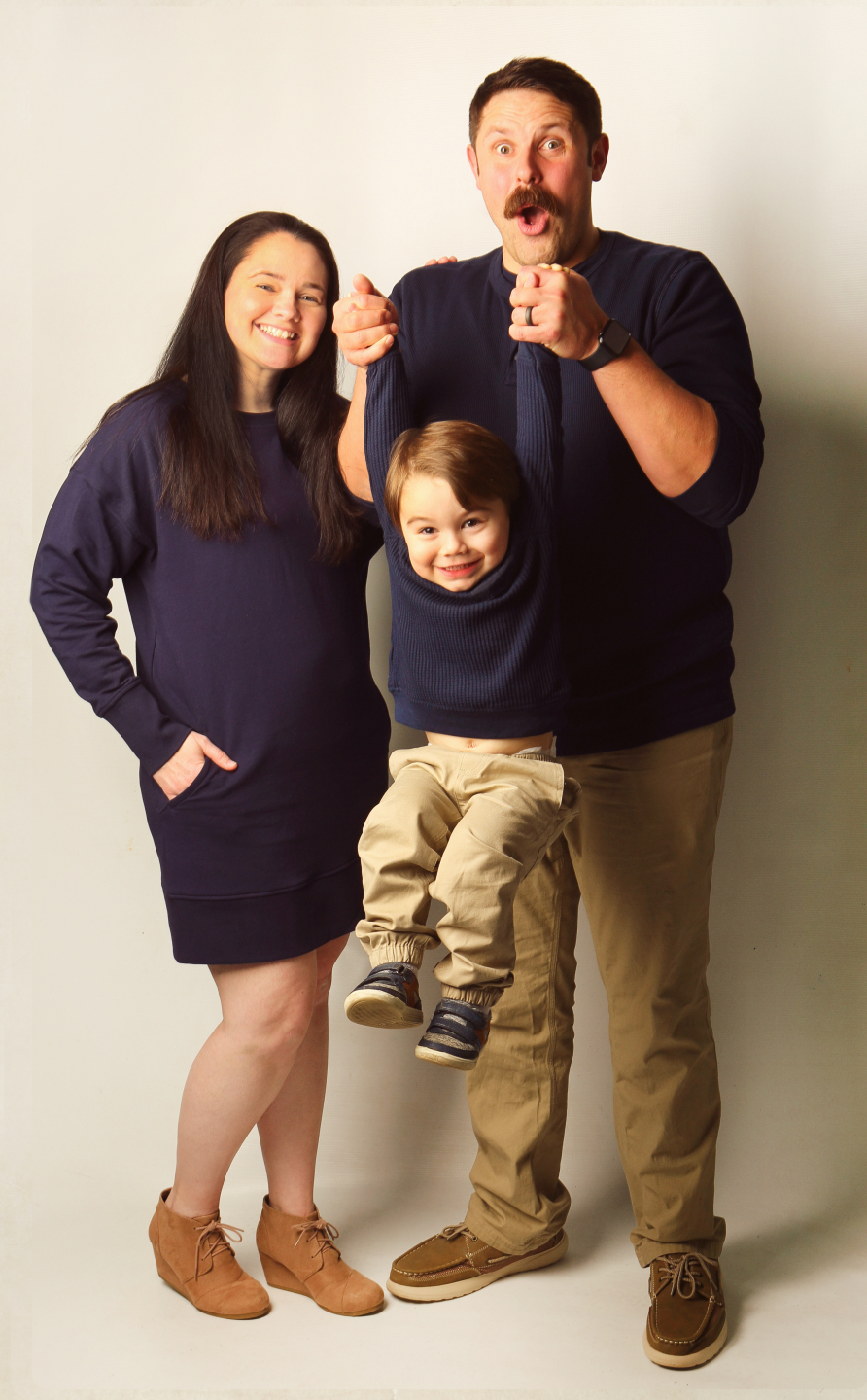
The North Dakota Dual Sensory Project is in new hands, but they are capable ones. Lacey Long, who formerly worked for the Morton-Sioux Special Education Unit as a Teacher of Students with Visual Impairments (TSVI), took over the role of Project Director for the ND Dual Sensory Project this spring from Dr. Brent Askvig, who retired. In her new role, she will also serve as a Research Associate for the ND Center for Persons with Disabilities (NDCPD), which houses the ND Dual Sensory Project. “The last few years, I have worked on the [ND Dual Sensory] project, instructing some of the OHOA (“Open Hands, Open Access”) modules and helping to plan the state’s deaf-blind summer institute, so it felt like a natural fit for me to move into the Project Director role when Dr. Askvig retired,” Lacey explained.
Paul Olson, NDVS/SB Superintendent, agrees that Lacey is well-matched for this job and is looking forward to continuing to collaborate with the Dual Sensory Project to help support children who experience dual sensory loss and their families. “Lacey is passionate about every student she has served in her career,” Paul explained. “She has multiple teaching credentials and really is the most diversely trained educator I have ever had the pleasure to work with. Her knowledge and enthusiasm for working with and as part of a team is unmatched. Her positive attitude and work ethic is contagious.” We asked Lacey the following questions to find out more about her and how NDVS/SB and the ND Dual Sensory Project will partner under her leadership.
How did you get into the field of vision, and then the world of deaf-blindness?
I was working as a Special Education Strategist in a small school. The current TSVI, Diane Chielens, was planning to move to Alaska to work for a year then retire, so I was asked to re-train for her position. I worked on my VI endorsement (at UND) and certification in Orientation & Mobility (at the University of Arkansas – Little Rock) at the same time.
When I was obtaining my CATIS (Certified Assistive Technology Instructional Specialist) certification, I interned at the Helen Keller National Center (HKNC). Since then, I have always had a passion for working with individuals with combined vision and hearing loss. If you ever get a chance to go observe at HKNC, do. It is such an amazing place!
What does the ND Dual Sensory Project do to help students and families?
The North Dakota Dual Sensory Project provides training and technical assistance to educators, early interventionists, schools, state education, and related services providers regarding systemic and individualized supportive services for children and youth with deaf-blindness. The project’s outcomes are that children with deaf-blindness will have improved educational programs, increased skills, and increased time in inclusive settings; families will have increased knowledge and will be active participants in their children’s education; and educators will have increased skills to provide a quality education for children with deaf-blindness.
Explain the partnership between NDVS/SB and the ND Dual Sensory Project.
The ND Dual Sensory Project and NDVS/SB work together closely as partnering agencies. The ND Dual Sensory Project relies heavily on NDVS/SB Outreach Staff for an accurate annual child count. Staff from both organizations, along with professionals from Early Intervention, have worked to develop North Dakota’s Vision Roadmap. Paul Olson, Superintendent, and Lanna Slaby, Outreach Teacher, serve on North Dakota’s Deaf-Blind Advisory Council.
I would like to see our partnership grow and flourish. With North Dakota being a small state, I think it is important for everyone working in low-incidence fields to band together, to educate and advocate. I think supporting the Cogswell-Macy Act is a great example of this type of collaboration. [For more information on the Cogswell-Macy Act, go to https://cogswellmacyact.org/]
You have so many degrees and certifications. How do you stay motivated to keep learning?
I love learning! I think of myself as an eternal student. I may have a lot of degrees and certifications, but I have never, ever regretted my decision to purse them. I have met so many wonderful and knowledgeable professionals in the field because of this. I have attended class and interned in various places around the United States. I would have never had those experiences otherwise—that is what keeps me motivated. Currently, I am pursuing a doctoral degree in Educational Leadership and Practice from the University of North Dakota.
What advice would you give to TSVIs or other professionals who are new to the field of vision or deaf-blindness?
I am also an adjunct instructor for Minot State University, and I teach a course called “Intro to Sensory Disabilities.” I always try to promote the field to pre-service teachers. Most have never even heard of a TSVI. My advice would be to keep learning—there is so much to know in this field, but you can’t know it all. Don’t be afraid to reach out to other professionals.
Tell us about your life outside of work.
In my spare time, I love to travel and spend time with my family. I have a 3-year-old son named Reuben, and my husband, Jackson, is a 7th grade life science teacher. I am Vice President of Bis-Man Transit Board of Directors and President of the North Dakota Association of Dance and Drill (NDADD). I also coach a wheelchair dance team for Dreams in Motion Adaptive Sports.
